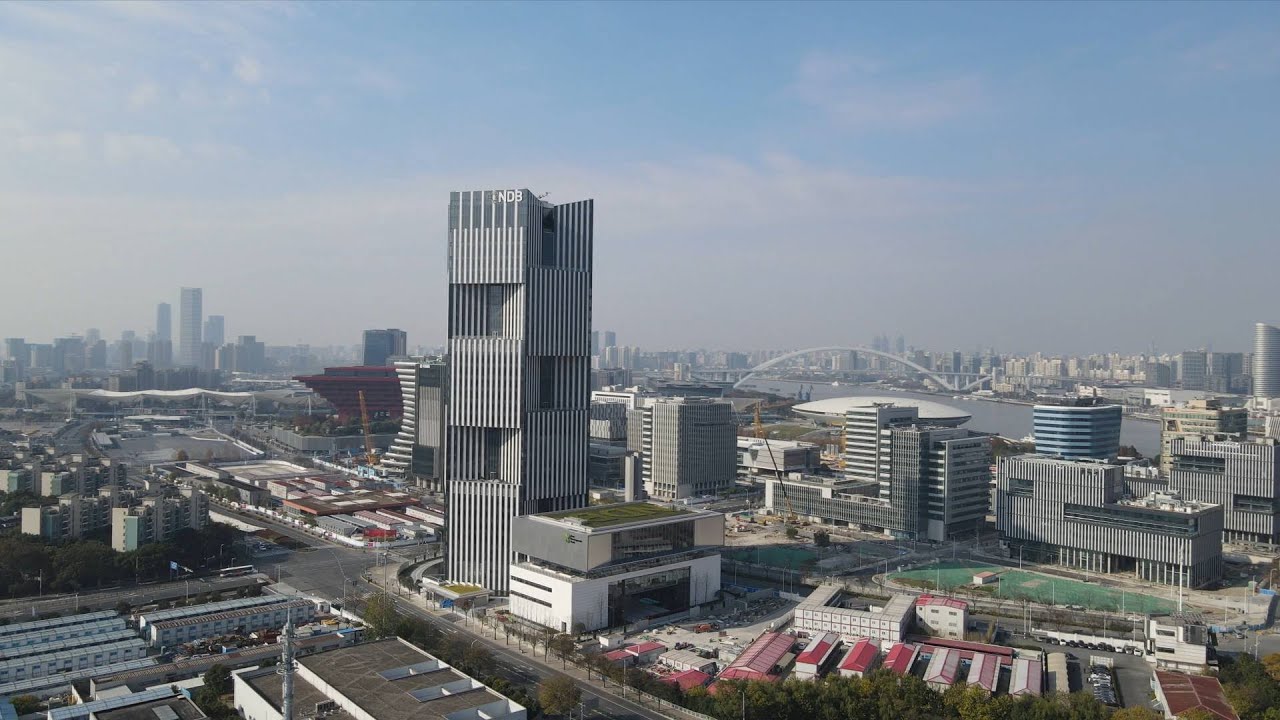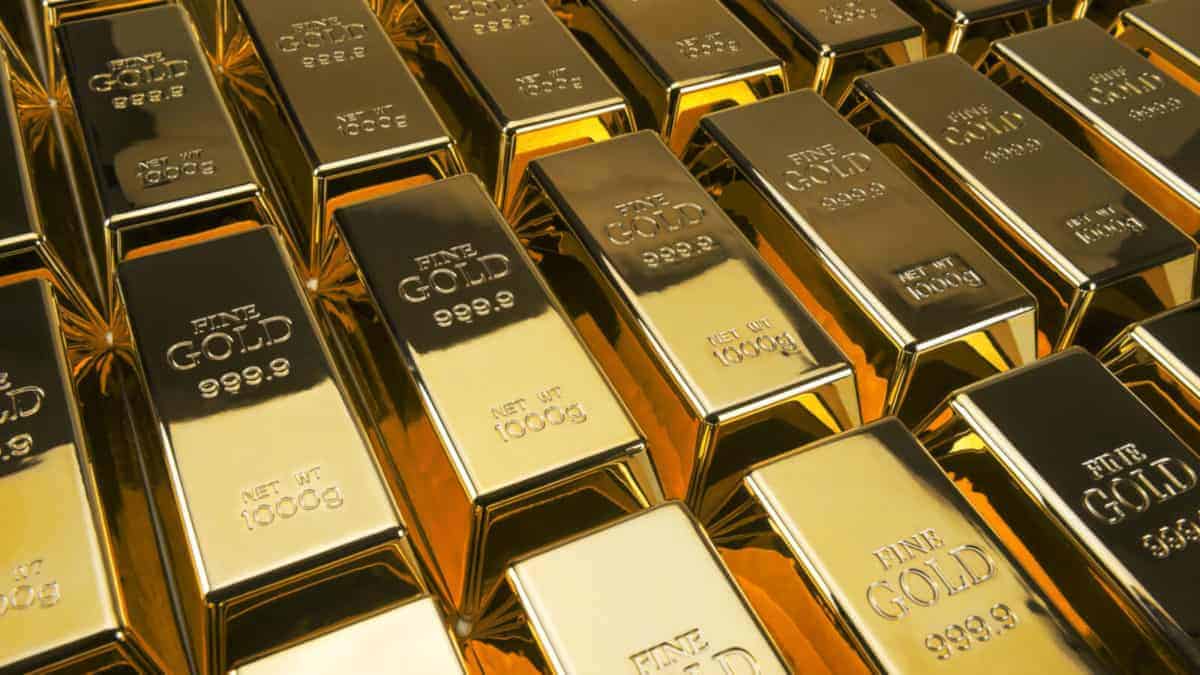RIO DE JANEIRO, BRAZIL – (Opinion) Gold has played a crucial role in monetary history for centuries. This is still the case today, even though there is no longer a formal gold link to government means of payment.
Concepts such as money and gold are inextricably linked, although this hardly mattered to the average citizen.
But at the latest, with the imposition of Western sanctions on Russia due to the Ukraine conflict, this topic has picked up steam again. Therefore, it is entirely appropriate to look closely at the link between gold and a currency.
This could become more important again in the future, especially if Russia consistently pushes ahead with this development. It is, therefore worth taking a brief look at the past.
Read also: Check out our coverage on curated alternative narratives
Currency systems have always been in a state of flux. But it also became apparent quite quickly each time that gold was needed above all to give confidence to a new currency.
More recently, this led to the establishment of the International Monetary Fund in July 1944 as the so-called “Bretton Woods system” to manage, among other things, unbalanced trade balances between countries through currency adjustments.
By 1971, the price of gold per troy ounce was set at US$35.
With the stroke of a pen, Nixon repealed this historical gold standard in August 1971. Nixon justified the drastic step with speculations against the USA.
In reality, the U.S. had overextended itself financially through the wars in Korea and Vietnam and had put too many dollars into circulation to finance the wars. Confidence in the reserve currency dwindled.
Central banks around the globe exchanged their dollar reserves for gold, and France, in particular, drove this movement. The threat of a sell-off of U.S. gold reserves loomed, so Nixon had to pull the emergency brake.
Two years after the fateful separation from gold, all exchange rates to the dollar were released. From that point on, the world’s reserve currency, the dollar, was no more than a paper currency that could be multiplied at will.
After a very turbulent decade, the unbacked U.S. dollar was finally able to assert itself as a global trading and reserve currency in the mid-1980s, even without formal gold backing.
Since then, the U.S. dollar or interest-bearing U.S. government bonds developed as an international reserve currency.
Central banks have since been able to earn interest rate profits by holding the bonds. In contrast, the U.S. central bank has always been able to profit from the additional demand for U.S. debt securities, which could be realized by issuing significant bank money globally.
But now, this worldview focused on the U.S. and its currency seems to be crumbling. There are serious indications of this not only in the geopolitical arena, but the U.S. dollar is also coming under increasing international pressure.
October 24, 2014, could be a date that will go down in the history books as a turning point. On that day, the Asian Infrastructure Investment Bank, or AIIB, was launched. For the first time in the 21st century, a major international institution was established without U.S. participation.
It is particularly noteworthy that many close U.S. allies, such as the United Kingdom, Australia, France, and Germany, are among the founding members.
Emerging market economies have launched several other initiatives closely related to China’s “New Silk Road” project to undermine dollar dominance.
BRICS BANK
A milestone toward a multipolar monetary system was set in July 2015. The BRICS countries – Brazil, Russia, India, China, and South Africa – founded the New Development Bank (NDB), which has an initial subscribed capital of US$50 billion and an initial authorized capital of US$100 billion.
Each of these countries holds 19.42% of the capital, and Bangladesh and the United Arab Emirates have the remaining few percent.
This is based in Shanghai and is intended to develop as an alternative to the World Bank, IMF, and Asia Development Bank.
It should not be forgotten that the NDB encompasses an immanently important economic and growth area, with a population of three billion people (41% of the world’s population), 25% of the world’s economic output, and 42% of the world’s foreign exchange reserves, of such importance that it seriously upsets the world financial system still dominated by the United States.
It should be emphasized that in the NDB, unlike the World Bank, each member state has exactly one vote.
The largely unknown Eurasian Economic Union should also be mentioned at this point. It currently consists of Russia, Kazakhstan, Belarus, Armenia, and Kyrgyzstan. In addition to a free trade zone, the goal is to launch a common currency.

That’s something to keep in mind.
Vladimir Putin was considered a supporter of the euro for many years. In 2010, he had even considered the possibility of a monetary union between Russia and the E.U. This would have made the euro a de facto oil currency and lifted it to eye level with the dollar.
However, in the wake of the sanctions imposed, Moscow is now increasingly turning toward Asia. The sanctions could come back like a boomerang.
It seems as if the Beijing-Moscow axis will be further strengthened. However, external experts assume a coordinated course of action between Beijing and Moscow in this currency policy showdown.
Gold is likely to play a crucial role in this showdown, which is more of a geopolitical one. It can be seen that Russia has been successively increasing its gold holdings for years.
Since 2005 alone, Russia has more than tripled its gold holdings, so the Russian Federation has the fifth-largest officially reported gold reserves after the USA, Germany, Italy, and France.
Since the start of the Ukraine conflict, Moscow has now stepped up another gear and increased the momentum of its gold purchases. The Russian Central Bank again decided to buy gold from banks. Last month, it had already announced the resumption of gold purchases on the domestic market and then their reduction or restriction when selling.
The current decision was made against the background of new Western sanctions against Russian banks.
The purchases are a clear statement against dollar hegemony, especially when combined with the fact that more than half of all U.S. Treasuries have been dumped since January 2014.
So when did Moscow start planning a gold-backed ruble? Economist Jude Wanniski had recommended this as early as 1998 in a sensational editorial in the Wall Street Journal.
Only a gold-backed ruble could free Russia from the debt crisis and establish international acceptance of the Russian currency, he said at the time.
It seems that Vladimir Putin has taken up this idea again two decades later. Because then, a couple of days the first facts emerged, according to which Putin – or rather Russia “put his money where his mouth is” and pegged the ruble to gold.
And what happened since then: The Ruble is back. All post-conflict losses are erased. Incredible what gold backing can do.
Until June 30, the cost of precious metals in such transactions will be 5,000 rubles per gram of gold. This is 17% lower than the book price for refined gold on March 25, 2022.
To illustrate the effect, the following: The purchase price of 5,000 rubles per gram is equivalent to about US$50 per gram, or about US$1,600 per troy ounce at the current rate. This is significantly below the current world market price of US$1,960 per ounce.
But if 5,000 rubles per gram is the market price, the sale would be worthwhile for the Russian banks and would further appreciate the ruble against the dollar or the euro.
However, this also means that Russian banks will not sell foreign currency in cash until September 9. Withdrawals of foreign currency deposits will be limited to 10 thousand dollars – the rest will be paid in rubles at the market rate on the day of withdrawal.
This does not necessarily affect ordinary citizens but foreign companies operating on Russian territory.
“The established price level allows us to ensure stable gold supply and smooth functioning of the gold mining industry this year. After this period, the price of buying gold can then be clarified,” the Russian Central Bank said.
As noted in the message, the regulator is returning to metal purchases on the domestic market “to ensure a balance between supply and demand.”
Major precious metals trading companies around the globe see the dollar losing importance as a global currency due to U.S. sanctions.
They also comment on the outcome of Russian military operations:
- Russia holds all the cards. The war should be over in a few weeks, months at most.
- The Russian goals were to prevent Ukraine from joining NATO, and they will get what they wanted.
- They also wanted to install a new government that is friendly to Russia, and they will get that as well.
- Maybe there will be a prolonged guerrilla war in Ukraine and a small Russian occupation force, but the end of the story is always a victory for the Russians.
- The Russian ruble’s peg to gold could have serious consequences for the West.
The Biden administration’s economic sanctions against Russia could become an epochal boomerang with this and other measures, heralding the end of global dollar dominance.
And if many central banks worldwide come around to the idea that it is no longer necessary to hoard large dollar reserves, a colossal exchange rate collapse would also be programmed.
Hyperinflation is probably the least of the evils. The inflationary monetary and debt policy that Biden is resolutely tightening would then devastate the U.S. economically with the force of a hurricane and with it Western capitalism.



